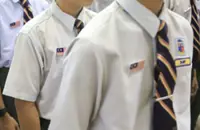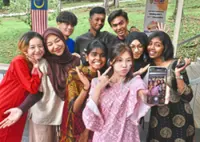Noor Azimah
Rigid marking of exam papers encourages rote learning, which consequently stunts a student’s motivation and self-esteem, said Parent Action Group for Education (Page) chairman Datin Noor Azimah Abdul Rahim.
Rote learning, became even more prominent with the introduction of the Academic Session Final Test (UASA) in 2022, she said.





